Featured Alumni
Sakun Duwal : Principal Technical Staff Member at Sandia National Laboratories Heading link
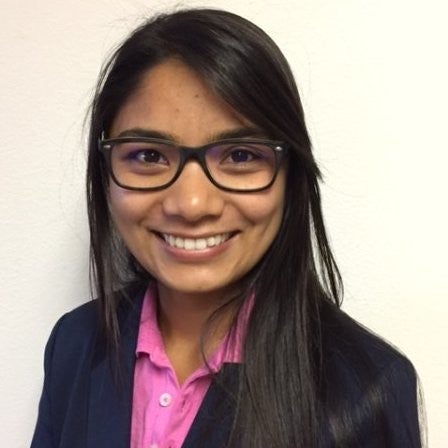
Sakun Duwal received her PhD in 2018 in Chemistry with CDAC Academic Partner Choong-shik Yoo at Washington State University, for her dissertation entitled Chemistries of Hydrogen-Sulfur Compounds, Layered Materials, and Nitrogen-Rich Azides Under Pressure. While at Washington State, Sakun was also affiliated with the Institute of Shock Physics, and received a Best Poster award at the Stewardship Science Academic Program Symposium in 2018.
Sakun then joined Sandia National Laboratories as a postdoctoral fellow and transitioned to a Senior Staff Scientist Position in 2019, and then was promoted to a Principal Technical Staff Member in 2022. Sakun works in the Dynamic Material Properties (DMP) Department at Sandia, which is located within the Pulsed Power Sciences Center; DMP is led by Chris Seagle, who was also supported by CDAC as a graduate student at the University of Chicago.
Sakun’s research focuses on light element systems at high pressures and temperatures, and she uses both diamond anvil cell techniques and shock compression platforms, including gas guns, pulsed power driven flyers, and laser driven shock compression. Her most recent publication reports on new work from an ongoing collaboration between Sandia and the CDAC group at UIC that seeks to develop accurate equations of state for H2-He mixtures at high compression.1
Currently, Sakun is also serving as a Technical Advisor to NNSA (NA-113), supporting the Dynamic Material Properties and Inertial Confinement Fusion (ICF) sub-programs.
—————————————————————————————————————
Duwal, S., R. C. Clay III, M. D. Knudson, J. Boerner, K. Cochrane, J. Usher, D. Dolan, B. Farfan, C. de La Cruz, J. Banasek, C. T. Seagle, R. Hacking, S. Payne, C. Zoller, M. Ahart, and R. J. Hemley, Extreme compression of planetary gases: High-accuracy pressure-density measurements of hydrogen-helium mixtures above fourfold compression. Physical Review B, 109, 104102 (2024).
=========================================================================================
John Lazarz: Senior Federal Program Manager for Ground-based Nuclear Detonation Detection at the NNSA Heading link

John Lazarz is a CDAC alum now working at NNSA headquarters in Washington, D.C. John was a member of Academic Partner Steven Jacobsen’s research group at Northwestern University and studied for his Ph.D. thesis the effects of water on the structure of Earth’s transition zone through high-pressure experiments. He was also deeply involved in instrument development for high-pressure diffraction and ultrasonic interferometry and published widely as a graduate and undergraduate student.
As a CDAC-supported student, he also interned at Los Alamos National Laboratory (LANL) as a Post Doc in the Shock and Detonation Physics group, where he used spectroscopy techniques such as Brillouin spectroscopy and impulse stimulated thermal scattering to study the optical and thermoelastic characteristics of high explosives and their analog materials such as acetaminophen.
Following a postdoc in the Shock and Detonation physics group at LANL, John currently serves as the Senior Federal Program Manager for Ground-based Nuclear Detonation Detection in the Office of Nuclear Detonation Detection at the U.S. Department of Energy (DOE) National Nuclear Security Administration (NNSA) Office of Defense Nuclear Nonproliferation Research and Development (DNN R&D). In this position, he directs research and development efforts at the DOE/NNSA national laboratories to improve U.S. capabilities to detect, locate, and identify underground nuclear explosions at regional and teleseismic distances. John’s current research interests include seismic, infrasound, and hydroacoustic waveform modeling and simulation as well as atmospheric radionuclide emissions as signatures of underground nuclear explosions.
Among John’s papers is a study of pressure-induced phase transitions ichain silicates using single-crystal X-ray diffraction at HPCAT. He discovered that the pyroxene-group mineral clinoenstatite (Mg2Si2O6) undergoes a second phase transition from its high-pressure form above 6 GPa to a new structure above 45 GPa with edge-sharing Mg-octahedra [Lazarz, J. D., et al., High-pressure phase transitions of clinoenstatite. American Mineralogist 104, 897-904 (2019)].
=========================================================================================
Katie Hilleke joins the Laboratory for Laser Energetics at the University of Rochester Heading link
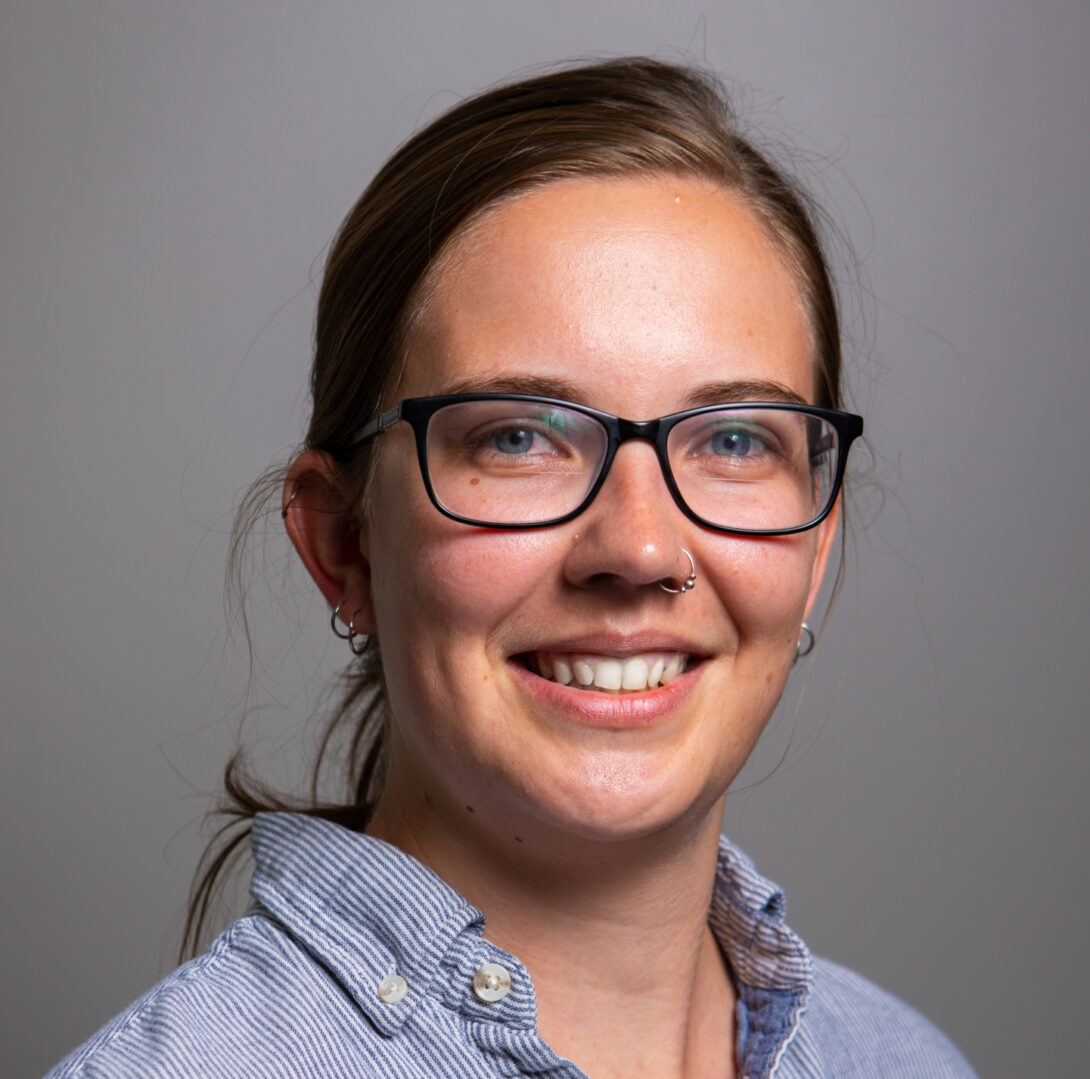
CDAC Postdoctoral Researcher Katie Hilleke, from the group of Academic Partner Eva Zurek at the University at Buffalo, has recently taken a position as an Assistant Scientist in Computational/Theoretical High Energy Density Physics at the DOE/NNSA-funded Laboratory for Laser Energetics, University of Rochester. She will use her experience in the use of density-functional electronic structure methods to develop exchange-correlation functionals and computational software for orbital-free density functional theory.
Katie recieved her PhD in Chemistry from the University of Wisconsin-Madison in 2019 and as a CDAC postdoctoral researcher, she worked on developing theoretical methods for addressing problems in high pressure chemistry, particularly in the area of structure and bonding. Collaborating with Tadashi Ogitsu at LLNL, Katie identified many novel boron structures that could exist at high pressures, which has provided guidelines for future high pressure experiments, both static and dynamic. Her work on elucidating the role of chemical pressure in stabilizing the metal hydride clathrate structures has contributed to the understanding of the superconducting behavior of these materials.
Katie also contributed to a new release of the XtalOpt evolutionary algorithm for structure prediction, and has made important contributions to the scientific literature with several comprehensive reviews, which have brought new chemical perspectives to the field of high pressure research.
The CDAC community wishes Katie continued success with her research in her new position, and offers its thanks for her many contributions to the Center. Congratulations, Katie!
=========================================================================================
William Shaw : Staff Scientist at Lawrence Livermore National Laboratory Heading link

William Shaw received his PhD in Physical Chemistry from the University of Illinois Urbana-Champaign in 2016 and was a member of the research group of CDAC Academic Partner Dana Dlott. Will’s work focused on the development of tabletop shock compression experiments and the design of experiments for understanding chemical processes taking place under shock compression. Will joined Lawrence Livermore National Laboratory as a postdoctoral fellow and has been a Staff Scientist at LLNL since 2019.
Currently, Will is Deputy Group Leader within the Reaction Dynamics Group and carries out experiments as part of the Energetic Materials Center at LLNL. His research interests focus on material aging, compatibility, and performance of initiation train components. This includes the development of energetic formulations, accelerated aging capabilities and test fire diagnostics. Will’s overarching goal is to correlate various non-destructive techniques to elucidate the underlying material and chemical drivers that change material performance for new and existing high explosives.
Read more about Shaws work at LLNL here
=========================================================================================
Mingda Lyu joins Rigaku Innovative Technologies Heading link
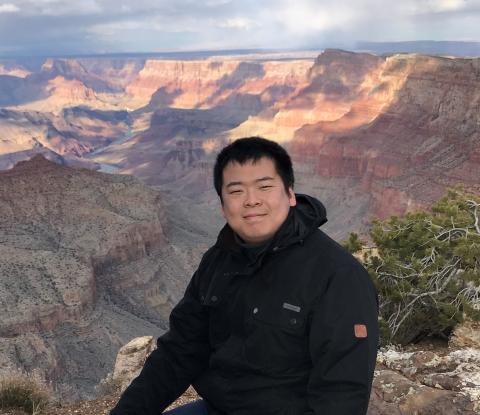
Mingda Lyu, an alumni from the group of CDAC Academic Partner Susannah Dorfman at Michigan State University, has joined Rigaku Innovative Technologies as an Instrumentation Scientist. Lyu’s research focuses on R&D of X-ray optics and instrumentation.
Before joining Rigaku in June 2022, Lyu was a Postdoctoral Appointee at HPCAT, X-ray Science Division, Argonne National Laboratory, and a Visiting Investigator at Earth & Planets Laboratory, Carnegie Institution for Science.
In his work at Rigaku, Lyu’s research uses a wide variety of techniques including X-ray imaging and tomography, single-crystal and powder XRD, X-ray spectroscopy, geochemical micro-analysis, high-pressure experiments, data reduction and modeling, scientific software development, parallel and high-performance computation, which have multidisciplinary applications in geochemistry, geophysics, planetary science, and material science.
Mingda’s graduate work was recently recognized with two prestigious awards from the American Geophysical Union (AGU). He received the John C. Jamieson Student Paper Award from AGU’s Mineral and Rock Physics section for his recent paper, “Spin Transitions and Compressibility of ε-Fe7N3 and γ’-Fe4N: Implications for Iron Alloys in Terrestrial Planet Cores,” * as well as the Graduate Student Research Award from AGU’s Study of the Earth’s Deep Interior section.
* [M. Lv, et al., Journal of Geophysical Research: Solid Earth 124, 020660 (2020)]
=========================================================================================
Bethany Chidester Receives Director’s Fellowship at LANL Heading link
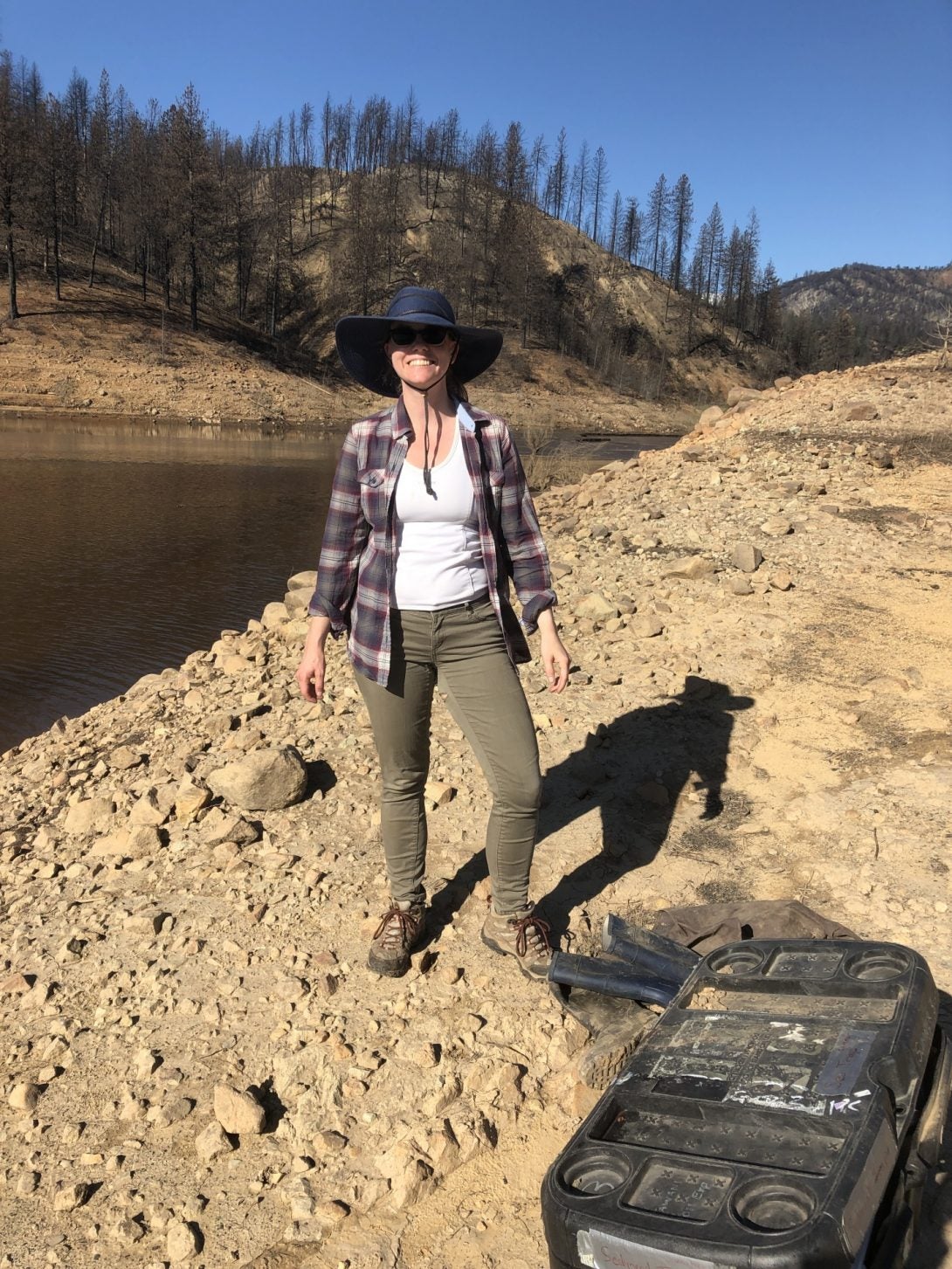
Congratulations to former CDAC student Bethany Chidester on receiving a Director’s Fellowship from Los Alamos National Laboratory.
During her graduate work, Bethany was a CDAC student at the University of Chicago, where she earned her PhD degree in the Department of the Geophysical Sciences. Prior to her graduate studies, as an undergraduate at the University of Toledo, she participated in the summer internship program with CDAC staff at the Carnegie Institution of Washington.
After a postdoctoral appointment at Sandia National Laboratories, Bethany has carried out postdoctoral research at the University of California, Davis. For more on Bethany’s research, visit her website at bethanychidester.com
The CDAC community sends its congratulations to Bethany as she begins her new appointment in July 2021.
=========================================================================================
Samantha Couper Joins LANL as Agnew National Security Fellow Heading link
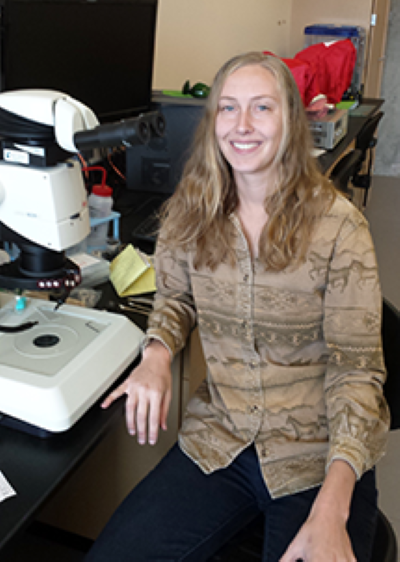
Samantha Couper, a graduate student from the group of CDAC Academic Partner Lowell Miyagi at the University of Utah, has joined the Shock and Detonation Physics group at Los Alamos National Laboratory as an Agnew National Security Fellow.
During her graduate studies, Samantha focused on understanding the deformation behavior of Earth materials at high pressures and temperatures using radial diffraction and dynamic diamond anvil cell techniques combined with laser heating. In addition, she applied finite element simulation methods to the challenging problem of modeling multi-phase assemblages. Samantha earned her PhD degree in 2021 with a dissertation entitled Application of Novel Methods for Investigating High Pressure and Temperature Deformation of Earth Materials.
At Los Alamos, Samantha will be continuing to exploit these techniques and build on her recent developments as she works to characterize the deformation of Group IV transition metals. She is the 82nd graduate student to receive the PhD degree with CDAC support since 2003, and she is the 25th CDAC graduate student to carry out postdoctoral research at one of the NNSA laboratories.
=========================================================================================